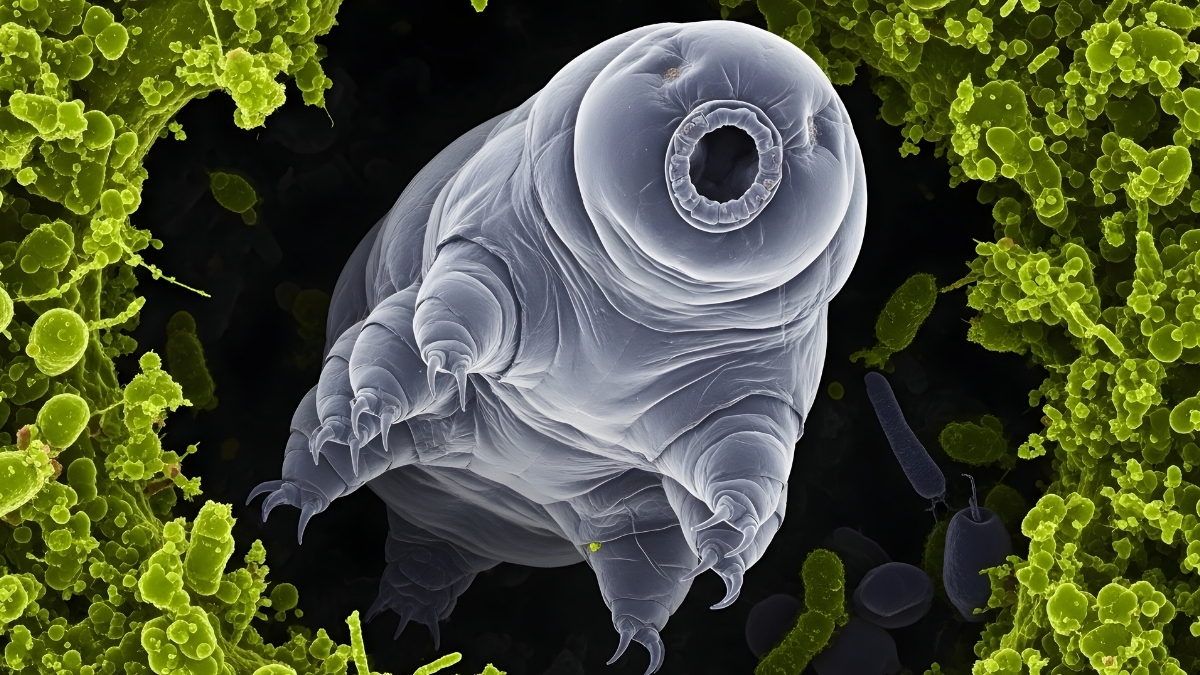- Pakistan Maritime Week 2025 kicks off in Karachi RADIO PAKISTAN
- Afghan transit cargo causes port congestion The Express Tribune
- World maritime conference opens at Karachi Expo Centre Dunya News
- Karachi Police review security plan for PIMEC 2025
Author: admin
-
Pakistan Maritime Week 2025 kicks off in Karachi – RADIO PAKISTAN
-

The MG SV Is A Mustang V8-Powered British Cult Performance Car Everyone Forgot About
The British sports car industry was on its knees at the turn of the 21st century. The disastrous British Leyland era had killed off pretty much every manufacturer by the time it fell apart in 1986, while the likes of Lotus, Jaguar, and Aston…
Continue Reading
-

The application layer strikes back: Cursor’s custom LLM
The AI-assisted coding tool Cursor has released Composer, its first proprietary large language model (LLM) designed specially for its integrated development environment (IDE). Composer is optimized for speed and is trained specifically for…
Continue Reading
-

Don’t wait for Black Friday, the cheapest 15K-class Gen5 1TB SSD is just $125.99 on Amazon
Black Friday 2025 may be around the corner, but if you’re looking to upgrade your system with cutting-edge storage, there’s no need to wait for a sale – the new PNY CS3250 1TB Gen5 NVMe SSD is already one of the best-value high-performance…
Continue Reading
-

Tardigrades Have a Genetic Secret, And It Could Boost Human Resilience : ScienceAlert
A newly discovered protein from Earth’s toughest animal is inspiring breakthrough therapies for cancer and cardiovascular disease.
Tardigrades, often called water bears or moss piglets, are microscopic creatures that can survive just about…
Continue Reading
-

What will happen to Beatrice and Eugenie? Life after Andrew’s scandals – The Times
- What will happen to Beatrice and Eugenie? Life after Andrew’s scandals The Times
- Andrew: Why Sarah Ferguson, Beatrice and Eugenie can’t escape the taint of family scandal BBC
- Princesses Beatrice and Eugenie support each other through ‘week from…
Continue Reading
-

Sarah Ferguson could ditch UK to escape scandal as she has ‘nowhere else to turn’
Andrew’s ex-wife Sarah Ferguson could ditch the UK altogether as she has been forced to find her own place after getting kicked out of Royal Lodge
Continue Reading
-

Fortnite Announces Chapter 6 End Live Event Date Promising An Epic Finale
Fortnite just wrapped its most-anticipated live event of the year, which kicked off the new Simpsons mini-season. The Welcome Our Alien Overlords live event brought players to the world of The Simpsons and dropped them into the new…
Continue Reading
-

Tumor Vaccines for Pancreatic Cancer: Active and Recruiting Trials You Need to Know in 2025
Pancreatic cancer remains one of the deadliest malignancies, with limited benefit from conventional immunotherapy. In 2025, several early-phase studies are testing personalized tumor vaccines—including mRNA-based,…
Continue Reading
-

England 25-7 Australia: Pollock seals win with try off the bench
Henry Pollock delivered the pivotal try as England’s bench turned the tide in a 25-7 victory over Australia at Allianz Stadium that launched the autumn with their eighth successive win.
The…
Continue Reading